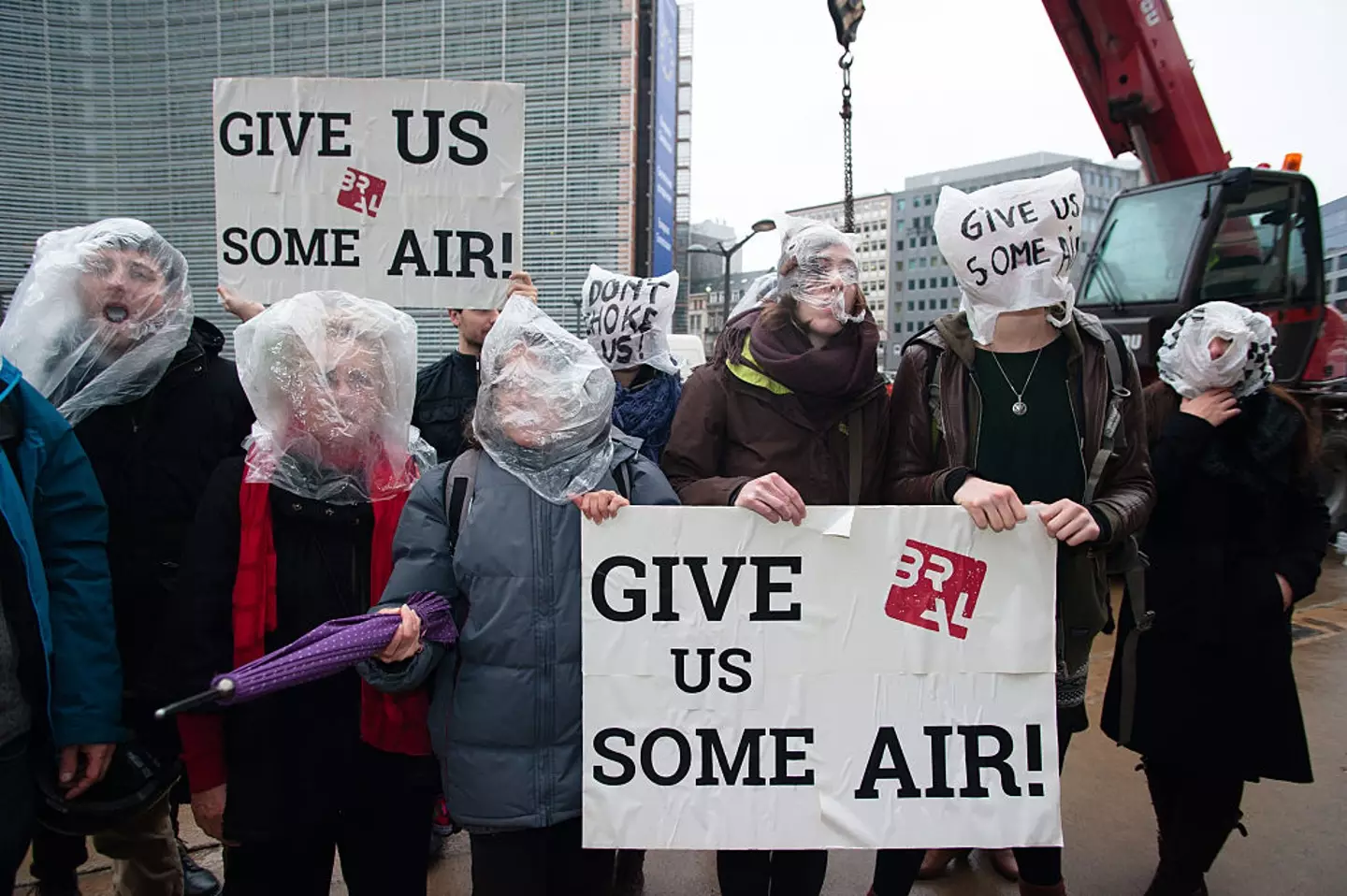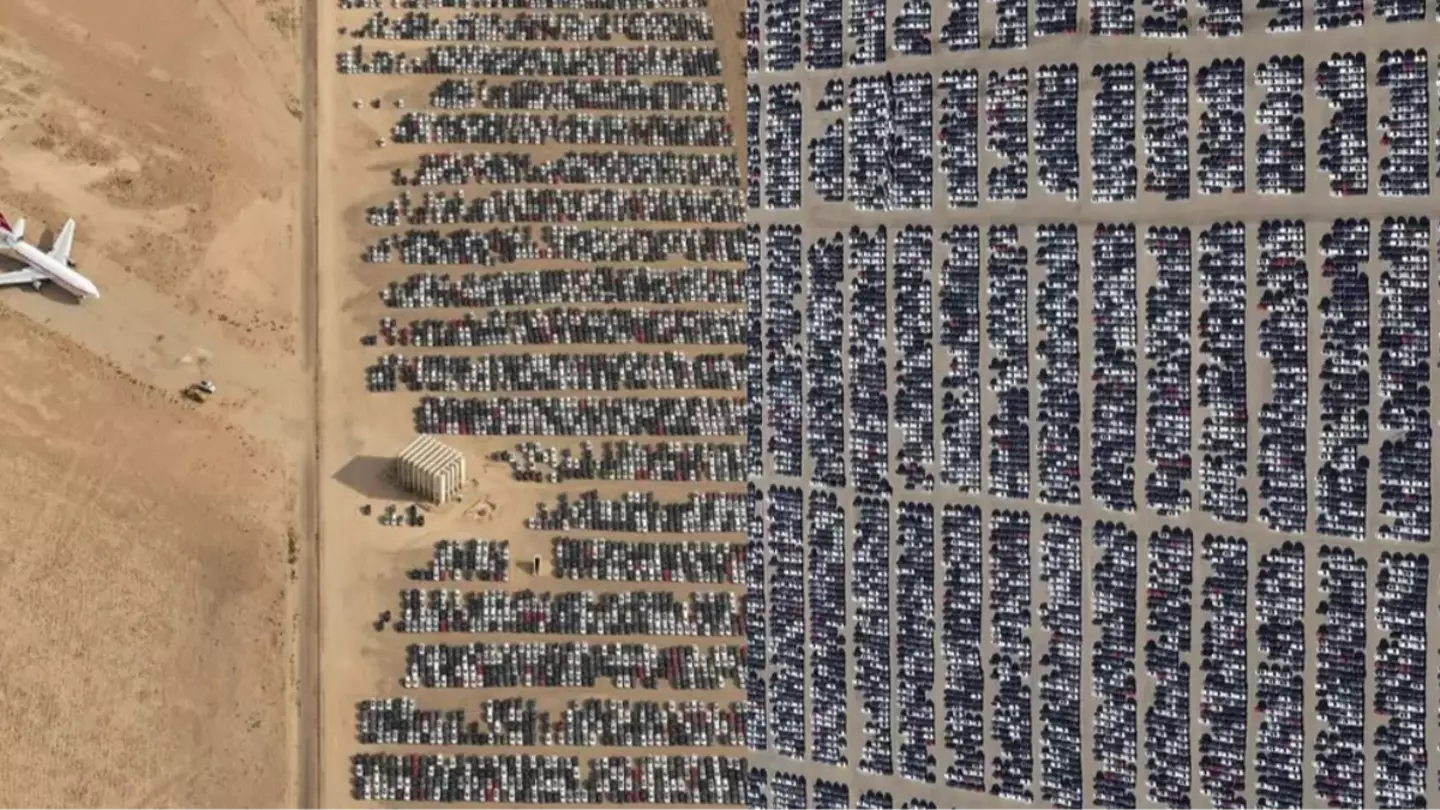An aerial image showing a vast number of abandoned Audis in a desert has made its way back online, along with the scandal worth $36 billion that explains why they are there.
“What’s anyone really using the desert for anyway,” joked a Reddit user after the image was posted on the forum.
Another user humorously added: “This is much better for the environment.”
Indeed, it certainly makes an environmental impact. The absence of these vehicles on the road reduces carbon emissions, but there’s a deeper reason for why these cars are left idle in the desert.
This brings us back to ‘Dieselgate,’ Volkswagen’s emissions scandal that began in 2015. The US Environmental Protection Agency discovered that Volkswagen had installed ‘defeat devices’ to bypass emissions tests.
These devices were placed in diesel vehicles, including various Volkswagen models like the Golf produced from 2010 to 2015, numerous Audi models, and the Porsche Cayenne—both brands under Volkswagen.
The devices allowed the vehicles to pass emissions tests by falsely showing low levels of nitrogen oxide, adhering to US standards.
Volkswagen later admitted that around 11 million cars worldwide were equipped with this software that manipulated emissions data during tests, displaying lower toxic emissions than what was actually emitted during normal driving conditions.
Once the scandal was uncovered, Volkswagen faced significant penalties and legal settlements. The company claimed the scandal cost them $34.69 billion.
As a result, these cars were removed from US markets, and those manufactured in California ended up in the Mojave Desert. Thousands of Audis, Volkswagens, and Porsches were photographed lining the desert landscape.

Fortunately, these vehicles were later retrofitted with the correct equipment.
Volkswagen released a statement regarding the storage facility in Victorville, California. Spokesperson Jeannine Ginivan explained that it was used “to ensure the responsible storage of vehicles that are bought back” as part of the Volkswagen diesel settlement with the US Government.
“These vehicles are being stored on an interim basis and routinely maintained in a manner to ensure their long-term operability and quality, so that they may be returned to commerce or exported once US regulators approve appropriate emissions modifications,” she stated at the time.
One might wonder how these approvals happen and why such practices continue, despite the likelihood of being exposed.

